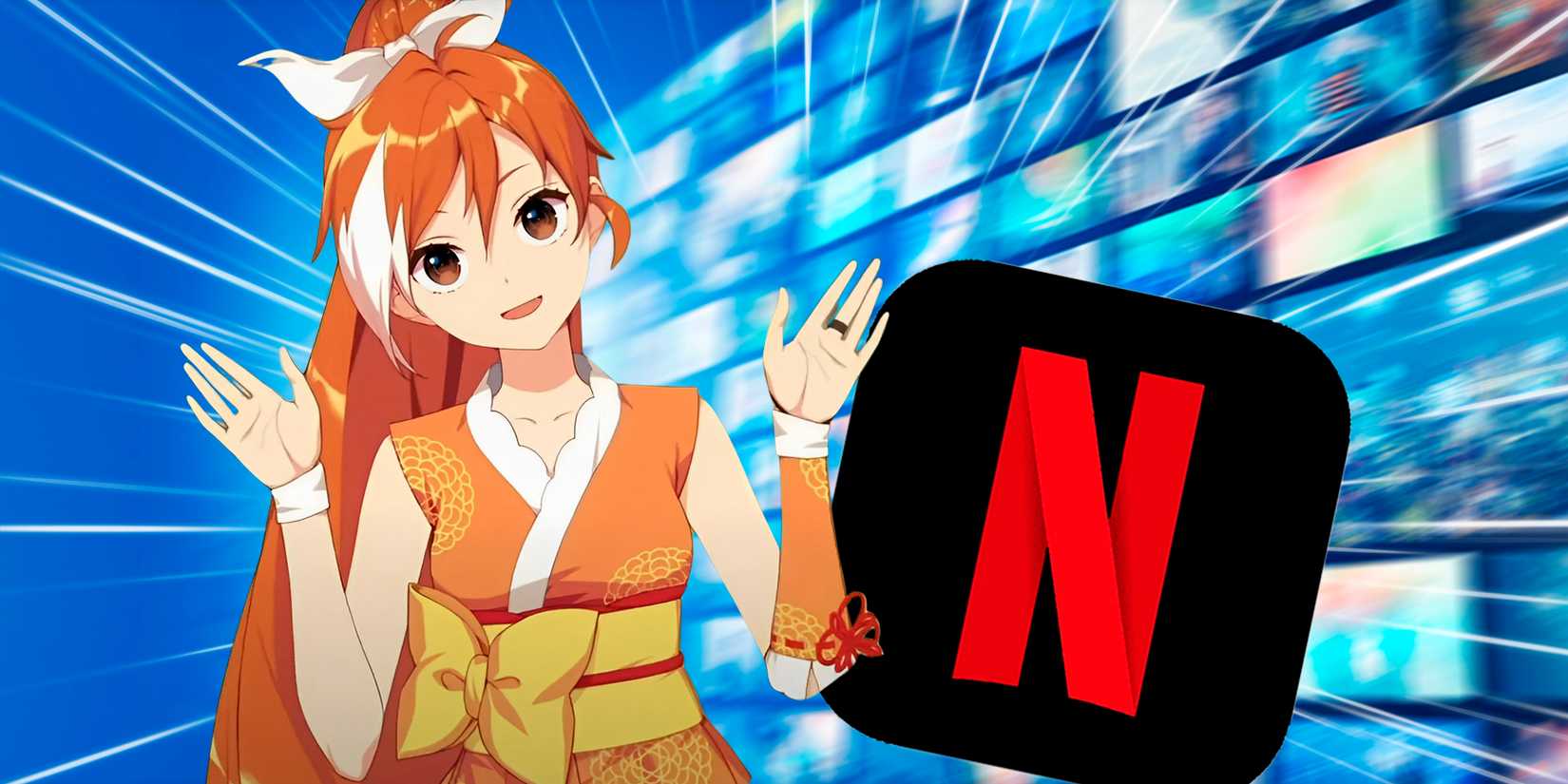Demon Slayer: Infinity Fortress has slashed its strategy to the highest of the North American field workplace with a historic debut, delivering the biggest anime opening weekend ever within the area. The movie, formally titled Demon Slayer: Kimetsu no Yaiba – The Movie: Infinity Castle, was launched in North America by Crunchyroll, Sony’s anime distributor that’s on the trail of changing into a theatrical powerhouse.
With a $70 million domestic launch, the movie shattered expectations and cemented its place as one of many largest theatrical occasions of 2025. The record-breaking determine is particularly placing given the film’s reported $20 million funds, a fraction of what Hollywood usually spends on superhero tentpoles.
For an trade struggling to stability ballooning prices with unsure returns, the success of Infinity Fortress alerts that anime is now not a distinct segment product however a dependable field workplace draw. To higher perceive what this implies for anime and the broader movie trade, I reached out to field workplace specialists. They defined how Infinity Fortress overperformed, why audiences are embracing anime in theaters, and what classes Hollywood ought to take from its success.
Analysts on Why Demon Slayer: Infinity Fortress Overperformed
Field workplace columnist Scott Mendelson, who runs The Outside Scoop, admits he anticipated robust numbers for Demon Slayer’s theatrical debut, however was shocked by simply how excessive they went:
“I used to be frankly anticipating it to drag a proverbial Pitch Excellent 2/Austin Powers 2 (a sequel that opens with a gross bigger than the home complete of its predecessor), however I used to be barely impressed with the sheer measurement of the debut. Even with all indicators trying strong, I felt I used to be being bullish, anticipating a $60 million home debut.
The $70 million debut implies that both loads of followers waited till the weekend to make agency moviegoing plans or there was barely more-than-expected “walk-up” enterprise by these questioning what the fuss was about.”
For Brandon Katz, Director of Insights & Content material Technique at Greenlight Analytics, the information pointed to a breakout effectively earlier than opening day:
“Demon Slayer’s efficiency this weekend was not a shock—if you happen to had been in search of the fitting breadcrumbs. Its potential to supercharge an under-served viewers boosted Greenlight Analytics’ debut projection to $67M-$82M by Thursday morning.”
Katz famous that the viewers skewed extra evenly between women and men in comparison with prior anime releases, displaying the franchise’s widening attraction.
Demon Slayer: Infinity Fortress will not be the primary shock hit to defy theatrical expectations this summer season. Simply weeks in the past, KPop Demon Hunters impressed on the field workplace regardless of enjoying on a restricted variety of U.S. screens and regardless of being out there on Netflix and changing into its most popular film of all-time previous to its theatrical debut.
“Each are examples of demographically particular occasion movies,” Mendelson says, seeing a transparent connection between the 2: “There’s a really actual industrial worth in providing up a proverbial prime filet to an underserved demographic … Higher to provide the youngsters 5 Nights at Freddy’s than attempt to persuade them that The Exorcist continues to be cool.”
What These Successes Imply For Hollywood
For Hollywood, the lesson is straightforward. Anime is massive enterprise, even with out Hollywood’s conventional formulation. There is a purpose Crunchyroll has begun having its personal presentation for exhibitors at CinemaCon over the previous few years.
- Decrease budgets, greater returns. Not like live-action superhero movies that may cost hundreds of millions, Infinity Fortress exhibits how built-in fandoms can ship blockbuster outcomes at a fraction of the fee.
- Case-by-case potential. Mendelson defined that studios “can try to capitalize on this, to various levels and on a case-by-case foundation. Some will work … and a few received’t, primarily as a consequence of causes associated to the property itself. However something that enables much less cash to be spent on per-movie advertising and marketing … is an effective factor.”
- No superstar casting required. Whereas the English voice forged does embrace Channing Tatum and Rebecca Wang, alongside the unique sequence voice forged, anime up to now doesn’t depend on high-ticket celebrities of their voice forged, nor the standard song-and-dance junket and premiere circuit. The IP and fanbase do the heavy lifting.
- Sony’s benefit. Katz emphasised how Sony’s acquisitions have reshaped the market, saying “by buying Funimation and Crunchyroll in recent times, Sony has hoovered up an enormous portion of the western anime market … Crunchyroll is essentially the most underrated funding in current media historical past … Sony’s acquisition of the Alamo Drafthouse theater chain additionally supplies small however invaluable actual property for its continued push into theatrical anime.”
Katz additionally framed the film as half of a bigger trade shift, noting that “that is extra a few gradual shift towards atypical theatrical product,” pointing to the success of Demon Slayer, Taylor Swift: The Eras Tour, Renaissance: A Movie by Beyoncé, KPOP Demon Hunters, and Hamilton as examples of non-traditional choices that distributors and exhibitors at the moment are experimenting with.
The Way forward for Anime on the Field Workplace
Demon Slayer: Infinity Fortress is the primary in a three-part finale adapting the manga’s climactic arc, and its debut units a excessive bar for the sequels to come back. Whether or not it in the end surpasses Mugen Train’s global total stays to be seen, however its speedy success in North America has already rewritten the foundations of what anime can obtain in theaters.



